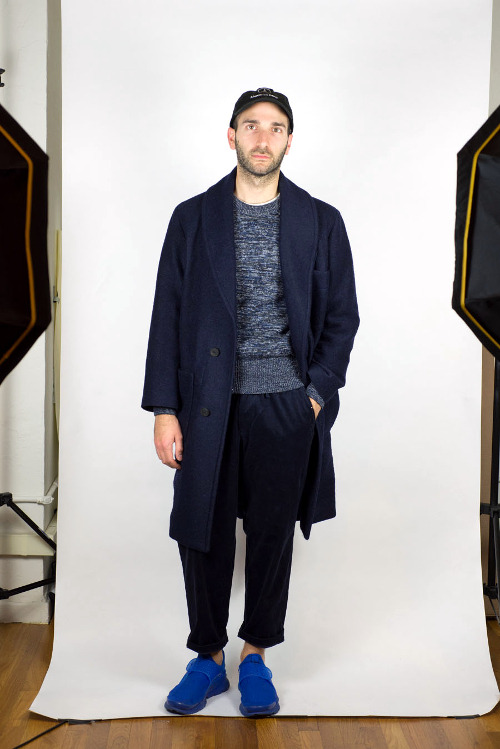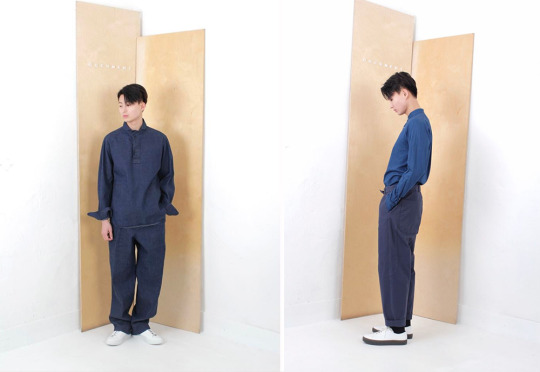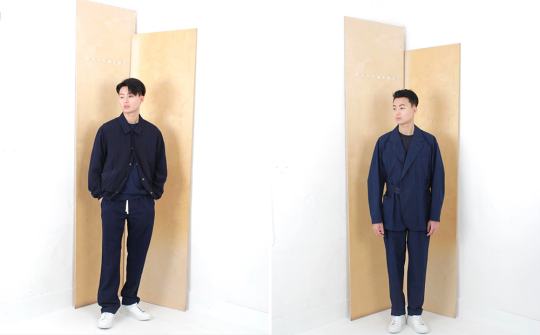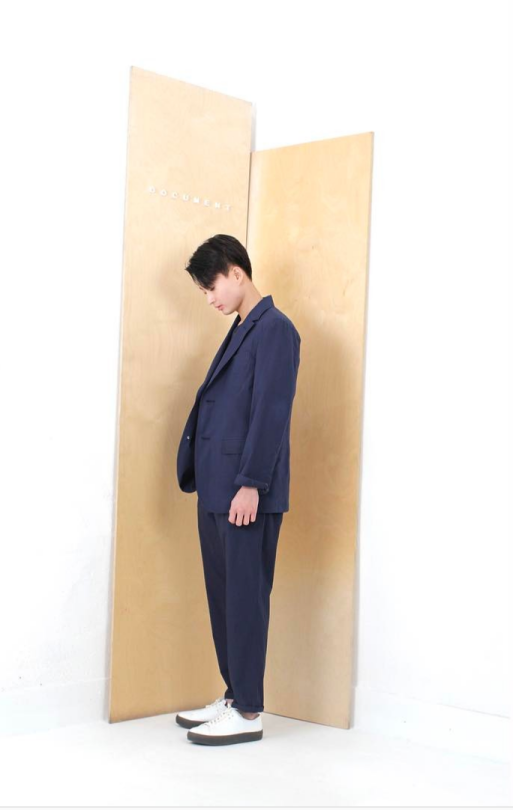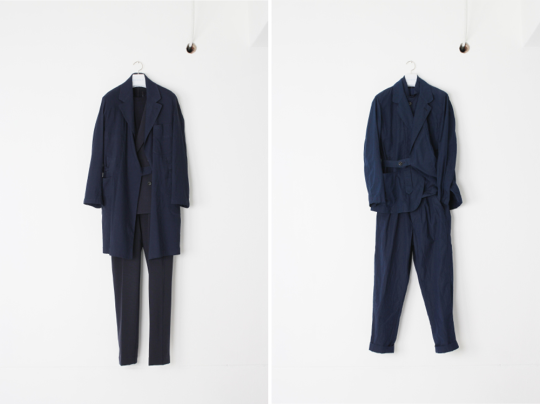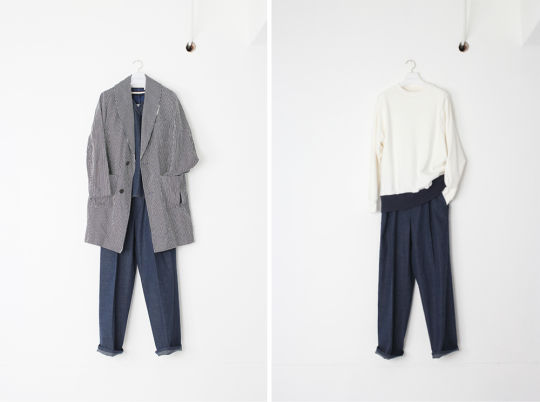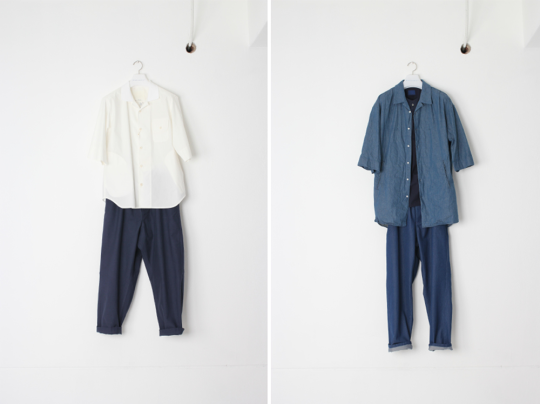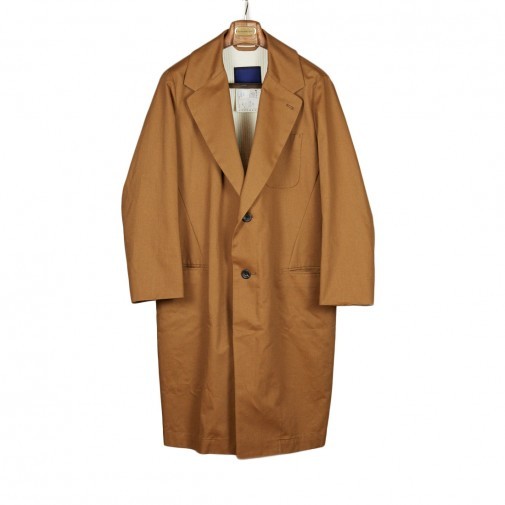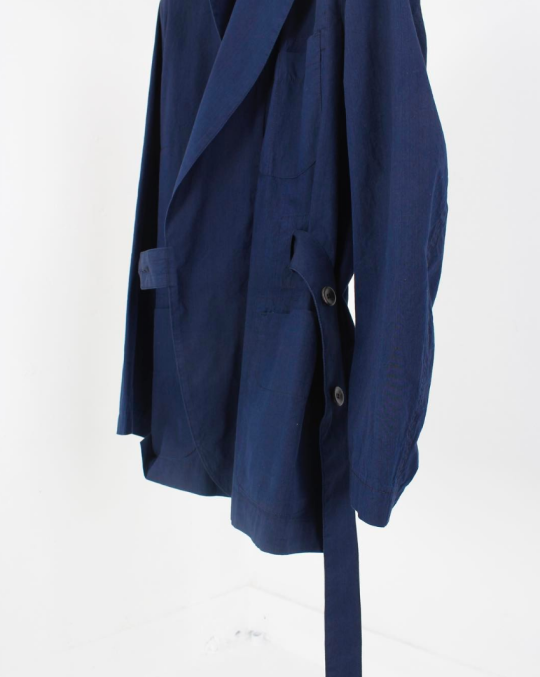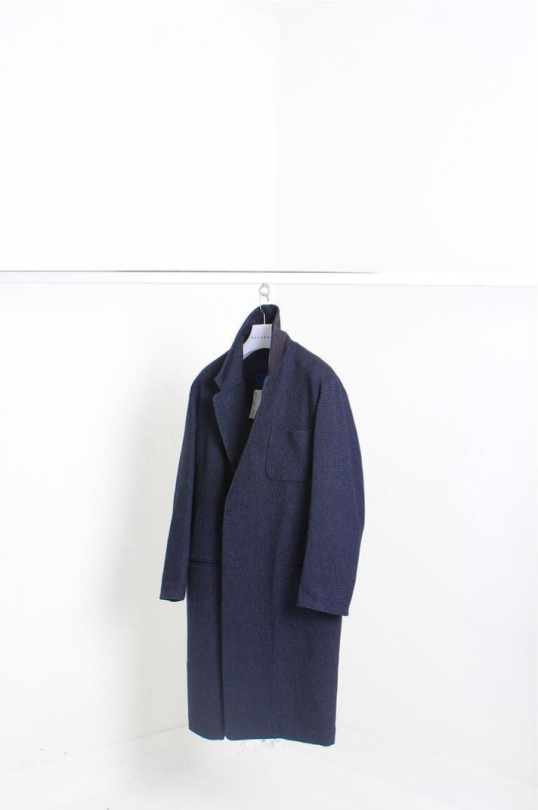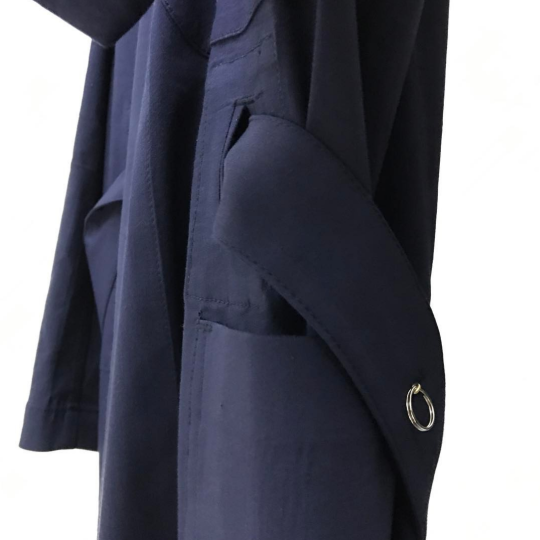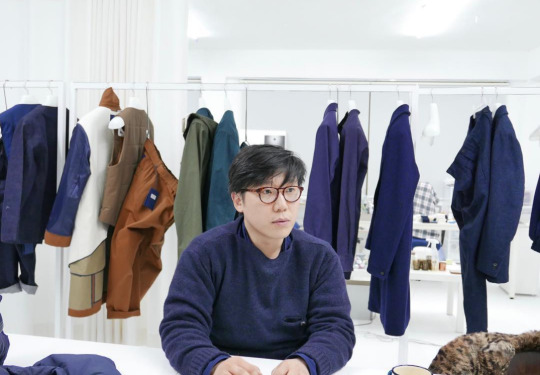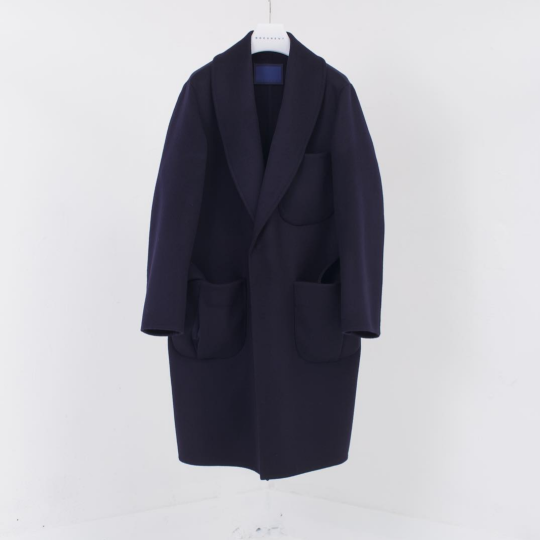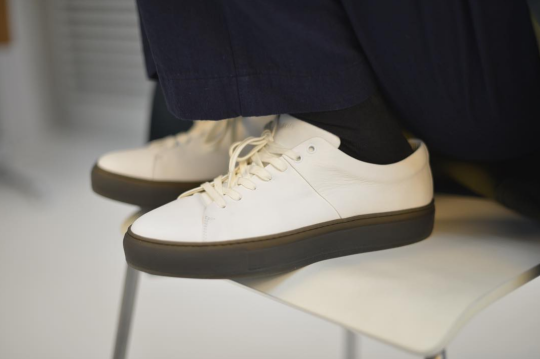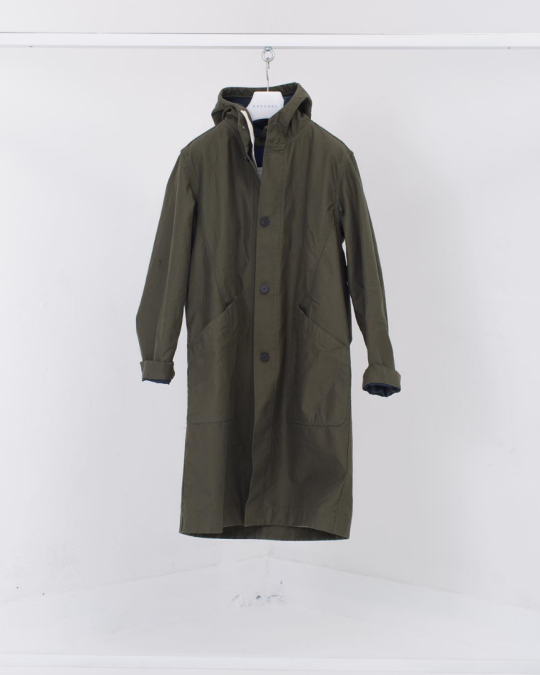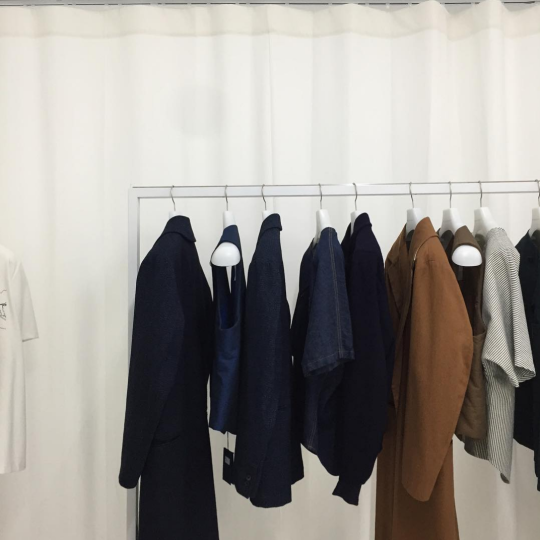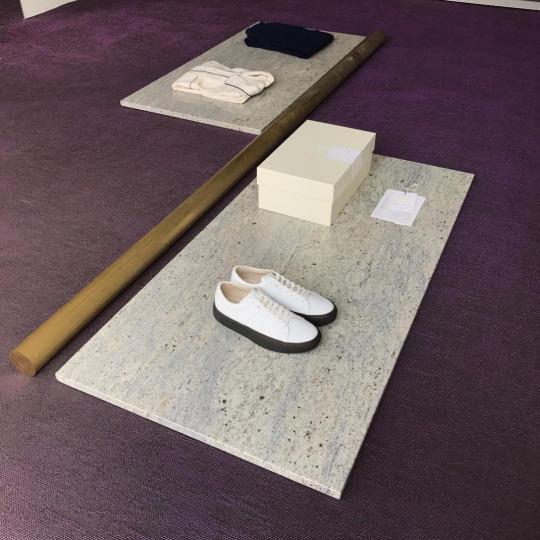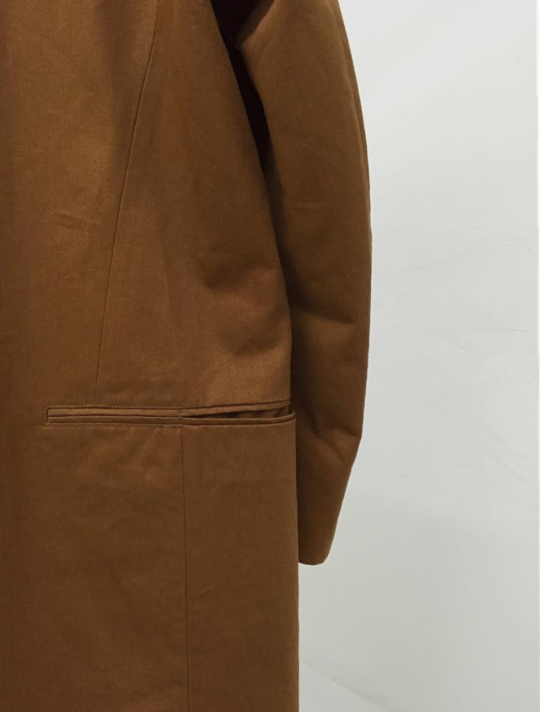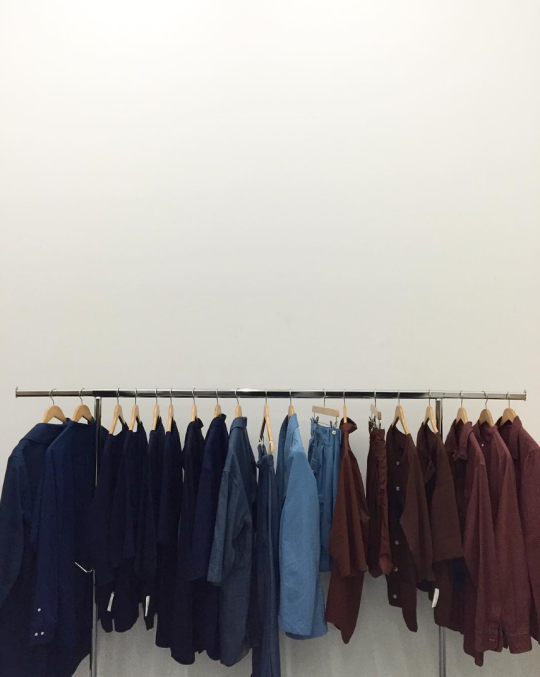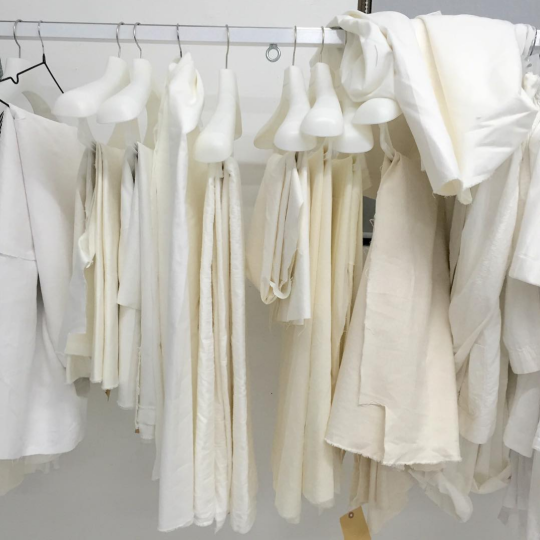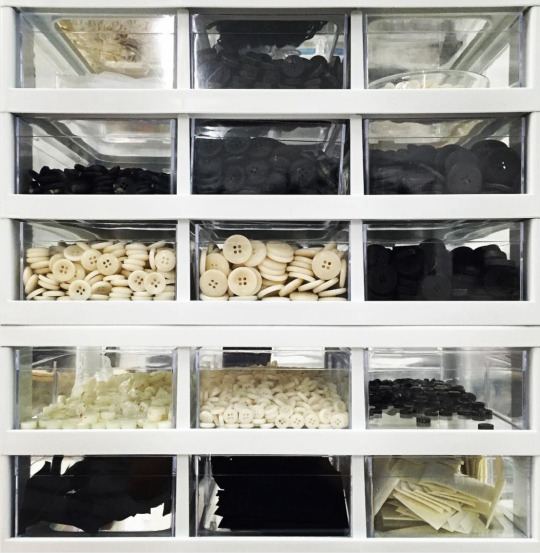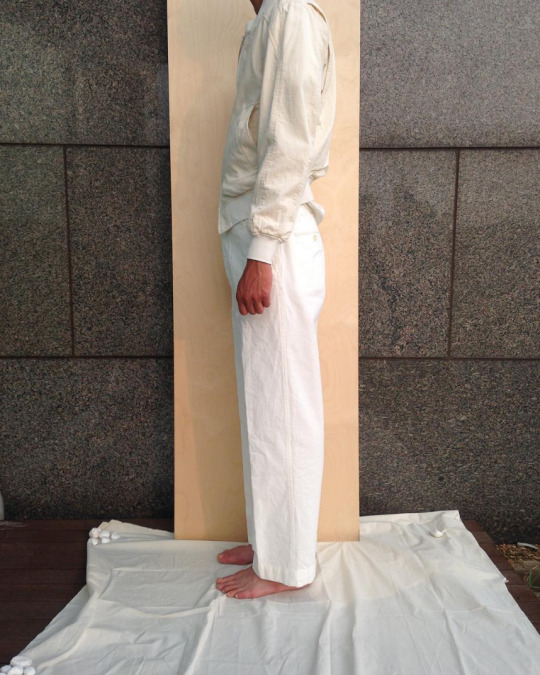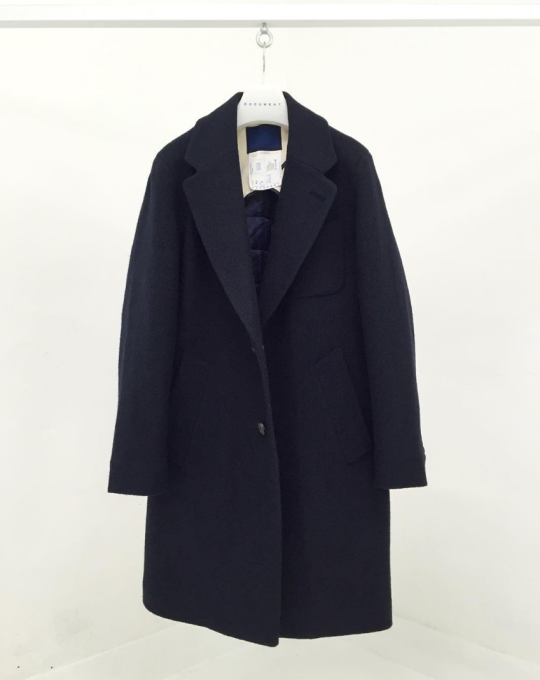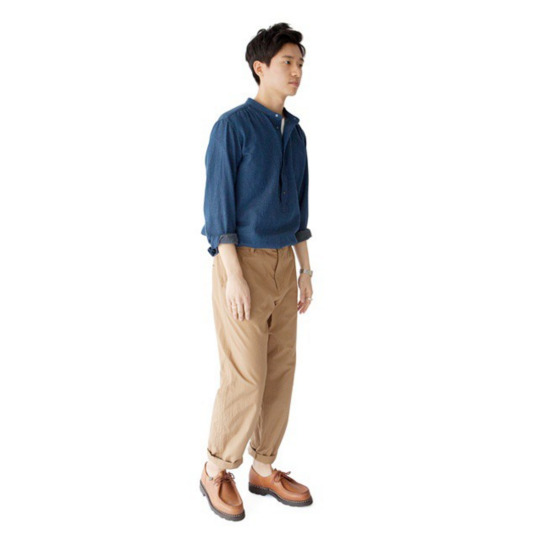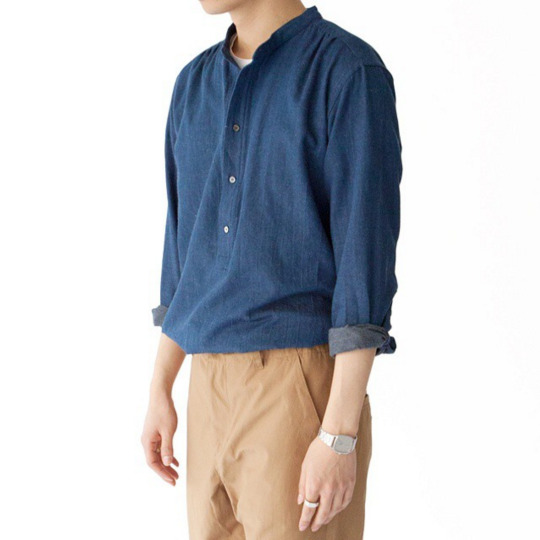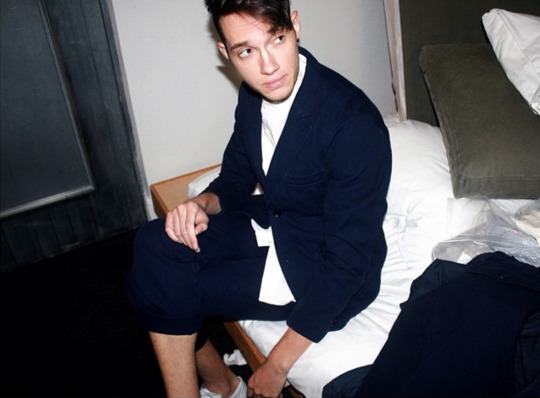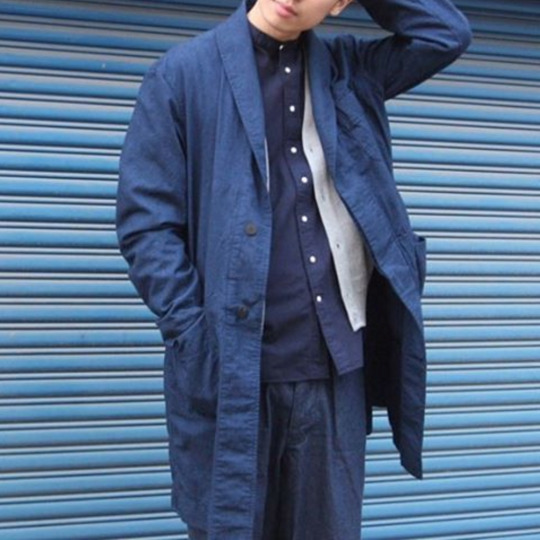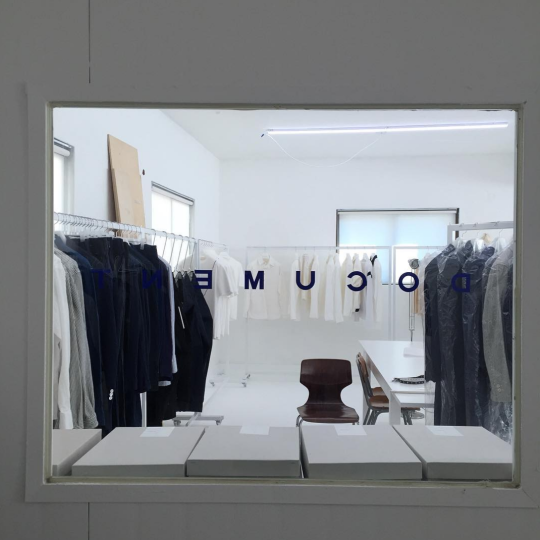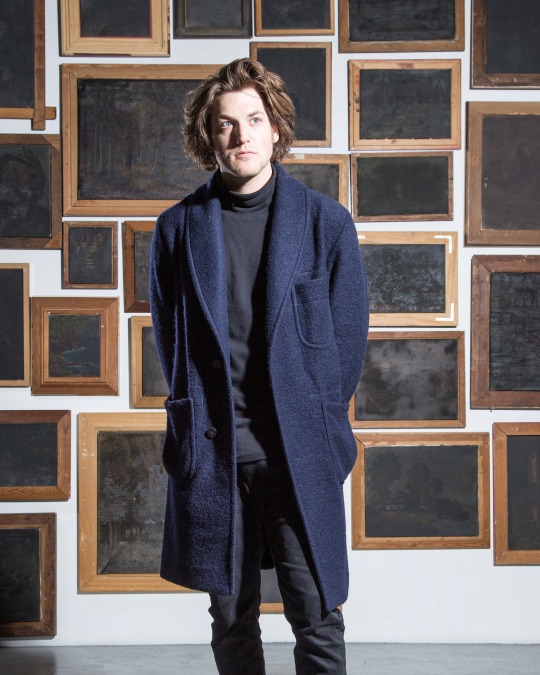
John Seabrook, a staff writer at the New Yorker, penned a great article seventeen years ago about the genius of Helmet Lang. In it, he writes about his search for casual clothes in a world where casualwear has come to mean anything and everything. Active Casual, Rugged Casual, Sporty Casual, Smart Casual, Dressy Casual, Business Casual. Some of the names have changed (athleisure is just “active casual” today), but the genres persist.
The thing that makes Helmet Lang special, Seabrook writes, is that he does upgraded versions of everyday basics. Things that are easy to adopt. An excerpt:
Helmut Lang, the Austrian-born designer, seemed to understand exactly what I needed–a uniform for the new casual world. I bought some more of his clothes: a ribbed cotton sweater that didn’t stretch like my other cotton sweaters; a few pairs of khakis, which had a pleasingly crisp finish; a denim shirt; a woollen sweater in a beautiful straw color; and a pair of jeans. They were intelligent clothes, designed for both work and play, which increasingly seem to be performed in the same outfits.
But there was also a deceptive aspect to my new uniforms. They appeared to be casual, but they were not, and I knew they weren’t. The designer seemed to be playing off this stealthy quality by hiding certain nonfunctional fashion elements inside the clothes, such as the faux drawstrings inside the waistband of otherwise totally ordinary chinos. […]
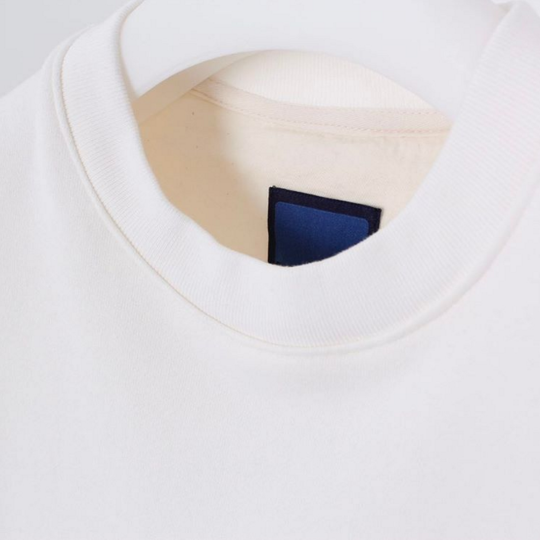
Lang’s mixing of the casual and the formal is not just a matter of marketing; it goes to the core of his aesthetic. His most expensive formal clothes have the ease and simplicity of everyday stuff, and his casual clothes have the correctness and detailing of ready-to-wear. Most high-fashion designers, whose natural leanings are toward ornament and glamour, don’t do casual clothes very well–the fabric is too rich, the styling too elaborate. But Lang’s distinction as a designer is his instinct for the appeal of the most basic items, like an old blue sweatshirt or a T-shirt worn silky with use, and he has created a whole new genre of luxury casual clothes. According to Katherine Betts, the editor-in-chief of Harper’s Bazaar, “Lang did for T-shirts and jeans what Ralph Lauren did for club ties and tweed jackets–he made them fashion garments.”
That kind of simple wearability seems to be en vogue again today. In the lede for Cathy Horyn’s T Magazine essay on Hedi Slimane a few years ago, the editors said “straightforward, commercial clothes used to be the antithesis of high fashion. Now, they are the benchmark.” Similarly, Vetements has been praised for its low-brow approach to design – stripping away the high mindedness of avant garde and essentially doing their version of Champion sweats, printed t-shirts, and nylon bombers.
Few people, including me, find labels such as Saint Laurent or Vetements “easily wearable,” but I think the ideas here explain why minimalist brands such as APC and Common Projects have gotten so much traction over the years. Minimally designed clothes – pared down to a simple, slim-fitting silhouette and made to high standards – are an easy “in” for a lot of guys who want to dress well, but don’t want to adopt the baggage that comes with certain casualwear identities. The lack of statement here is in its own way a statement.
The problem with minimalism is that sometimes the clothes border too closely on the generic. The lack design can make the clothes seem almost indistinguishable from the mass-market offerings at Gap and Old Navy, which means everything then boils down to a label inside that nobody sees. Maybe the clothes are better made, but if you’re paying high prices, you probably don’t want to look like everyone else.
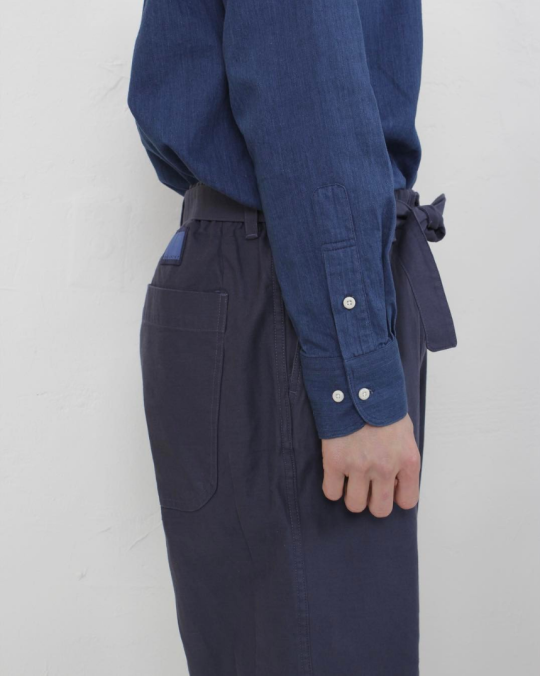
I like minimalism, but I like things that are just off-beat enough to be interesting. The clothes at Document are a good example. They’re a young South Korean brand designed by Jongsoo Lee, who says his work is inspired by French philosopher Gilles Deleuze’s concept of “repetition and difference.” Lee intentionally limits his color palette (everything is essentially blue or white). Instead, his clothes are distinguished by their subtle details and silhouettes.
I bought my first Document piece last season. It’s a long, knee-length coat that straddles the line between traditional outerwear and a dressing gown (the heavier wool saves this from being limited to bedroom-wear, I think). Jasper, the editor at StyleForum, can be seen above wearing the same piece (also Kyle immediately below). I love how easily the coat can be worn with jeans and a chunky sweater. The shawl collar feels fun and interesting, while the belt – not held with belt loops, but with two smartly placed slits at the back – gives some good detail when the coat is worn open.
Document’s other clothes have the same sensibility. Lots of outerwear with rounded silhouettes, which would pair nicely over tapered chinos or wool trousers. The boxy sweatshirts with cut-off, raglan sleeves feel like a contemporary version of something you might see in The Outsiders. And the drawstring “easy pants” have just a hint of volume, while narrowing below the knee for shape.
The clothes are a bit youthful, to be sure, but they’re easy to wear and lend a nice, loungey look. There’s a lot riding on the cut of the clothes and simple details, such as band collars and belted waists. This is the sort of stuff that would go great with other “upgraded basics” from brands such as Our Legacy, Dana Lee, and Margaret Howell. Even if you only paired things here with straight-legged jeans, it would be hard to go wrong – which goes back to the genius of smartly designed minimalism.
You can find Document at No Man Walks Alone and Namu. The line isn’t that big, but each store has things made from different fabrics, which helps distinguish the offerings.
